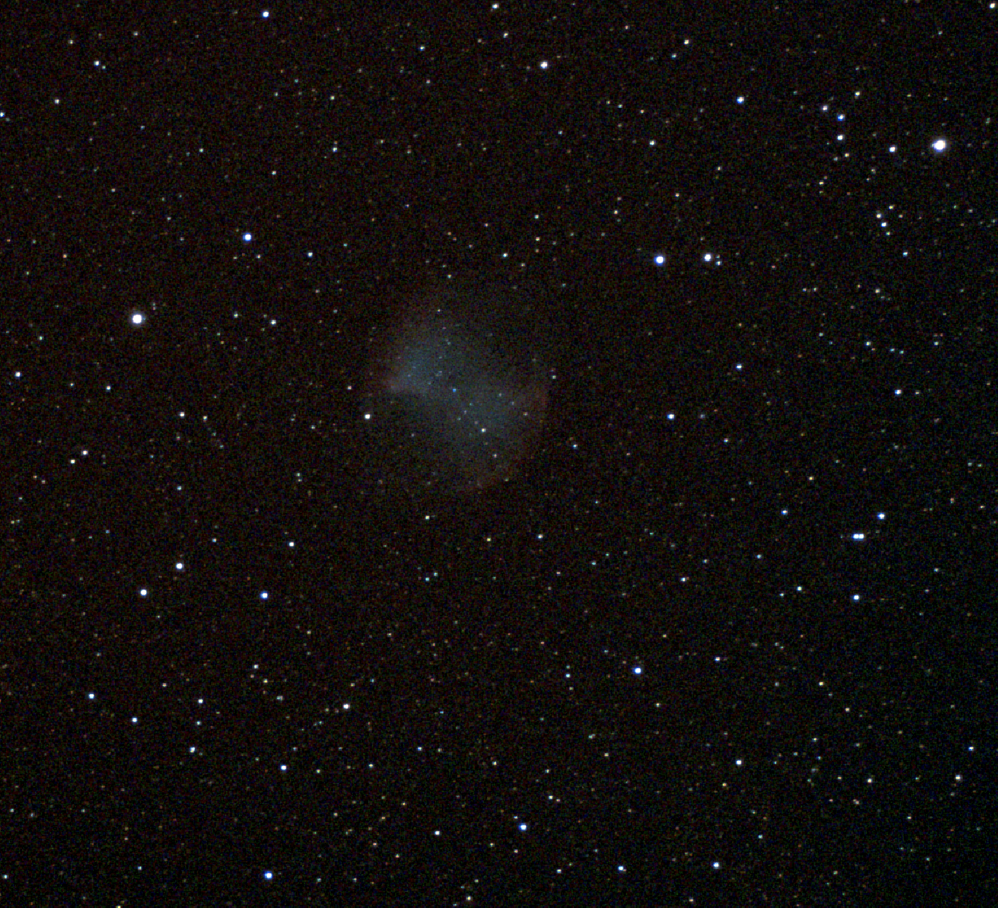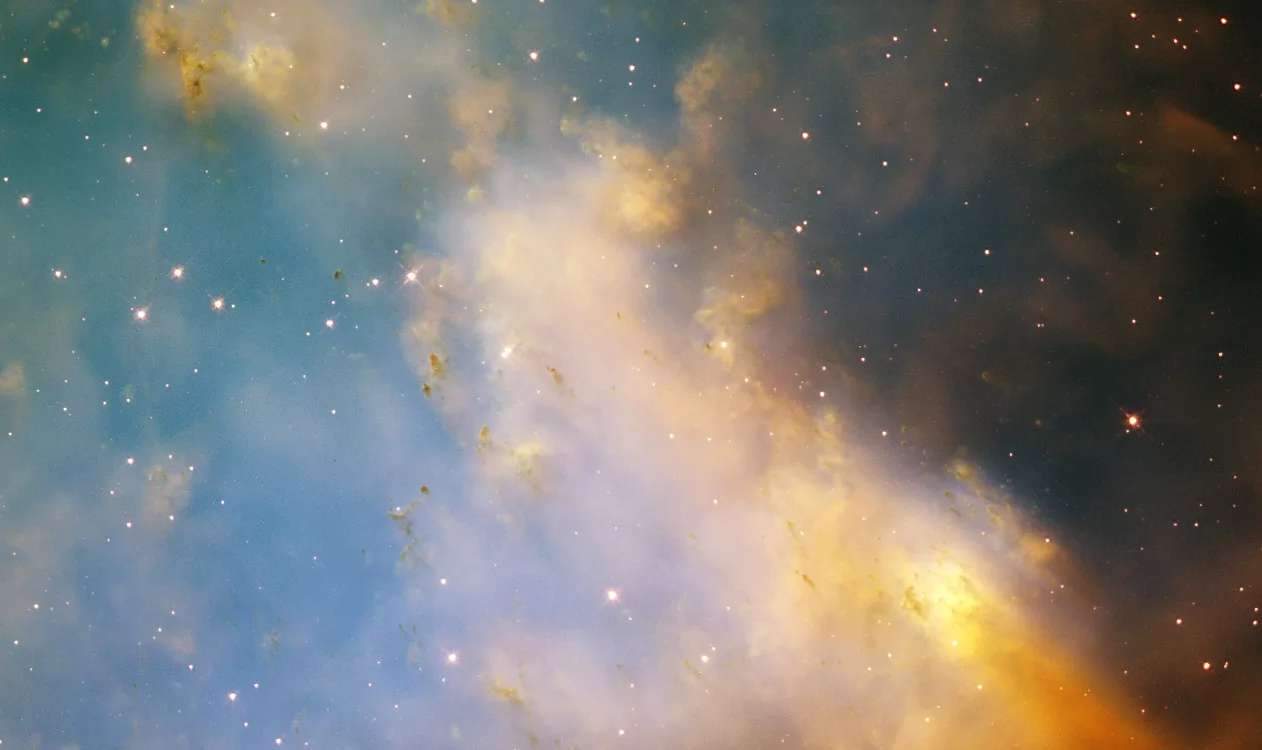M27 | NGC 6853 | Dumbbell Nebula | Vulpecula | 1,250 Light Years Away
Our Best Image

Messier 27, commonly known as the Dumbbell Nebula, is a fascinating planetary nebula located in the constellation Vulpecula. Discovered by Charles Messier in 1764, this celestial object stands out for its distinctive shape, resembling a dumbbell or hourglass. Positioned around 1,360 light-years away from Earth, the Dumbbell Nebula is one of the brightest and most studied planetary nebulae in the night sky.
The Dumbbell Nebula formed as a result of the shedding of outer layers by a dying star, revealing a hot central core that illuminates the expelled material. This central star, known as a white dwarf, is a remnant of a once sun-like star that exhausted its nuclear fuel. The expanding shell of gas and dust, illuminated by the intense ultraviolet radiation from the central star, creates the nebula’s striking appearance. Observations of Messier 27 across different wavelengths, from visible light to radio waves, provide astronomers with insights into the chemical composition and physical processes occurring within this stellar remnant.
As one of the closest planetary nebulae to Earth, the Dumbbell Nebula is an important target for astronomers studying the late stages of stellar evolution. The structure and characteristics of Messier 27 offer valuable information about the fate of sun-like stars and the enrichment of the interstellar medium with heavier elements. Its proximity and brightness make the Dumbbell Nebula a popular target for amateur astronomers, showcasing the intricate beauty of cosmic processes and the dynamic interplay between stars and the surrounding space.

